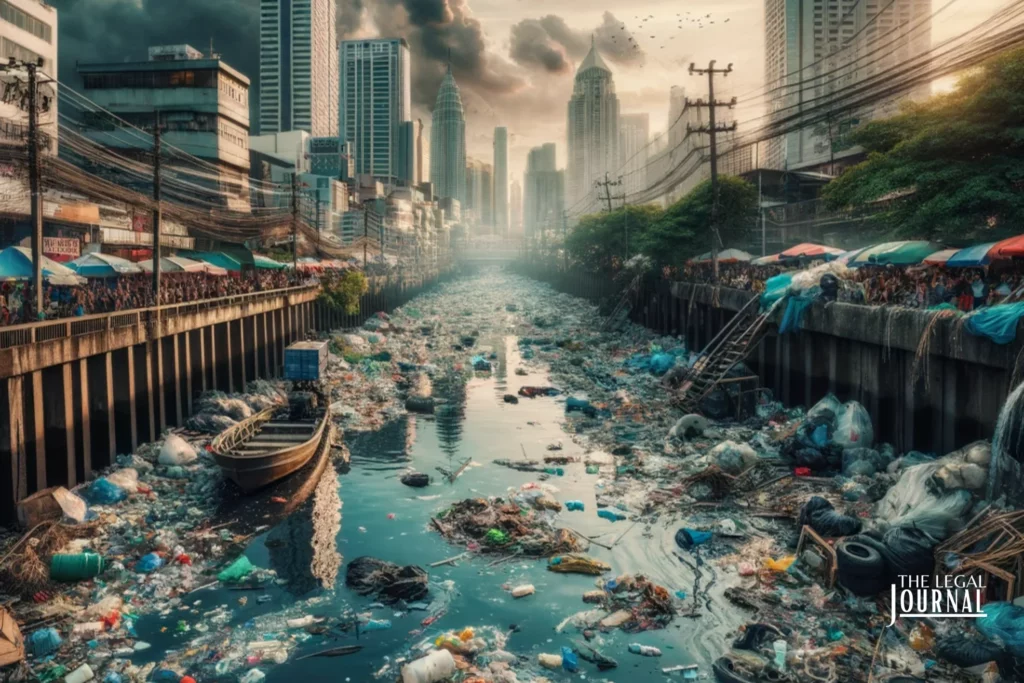Recent tests of the tap water along Louisiana’s Gulf coast have revealed alarmingly high levels of contaminants, specifically disinfection byproducts. These contaminants pose a heightened risk of cancer with long-term exposure, according to the Environmental Protection Agency (EPA).
Key Points:
- Disinfection byproducts in Louisiana’s tap water have reached unprecedented levels, causing concern among experts and the public.
- Factors such as drought and rising sea levels have led to increased saltwater intrusion, affecting the quality of drinking water.
- The disinfection process for saltwater produces especially toxic byproducts.
- Regulatory bodies have yet to declare the situation an emergency, despite public apprehension.
- Effective communication about the issue is essential to ensure that all community members are informed and can take necessary precautions.
Saltwater from the ocean has been pushed up the Mississippi River due to the combined effects of drought and rising sea levels. The ensuing salinity has rendered much of the region’s water undrinkable. Public health professionals also fear that this saltwater may deteriorate the aging water infrastructure, potentially introducing heavy metals and other contaminants into the drinking supply.
When household tap water is treated to eliminate bacteria and viruses, disinfection byproducts are formed. While these are harmless in minimal amounts, disinfecting seawater yields a higher quantity of these byproducts, which can be particularly toxic. Recent findings in the Port Sulphur water district indicate alarming levels of two groups of these byproducts—trihalomethanes (THMs) and haloacetic acids (HAA5s)—both associated with cancer.
Despite these high readings, regulatory bodies have been relatively slow in their response. For instance, when total THM levels exceeded the EPA’s acceptable standard, it was not immediately labeled an emergency. This has led to a divide between official statements and community concerns.
Many locals have been hesitant to consume tap water, given its salinity. However, it’s crucial to note that THMs can be absorbed through the skin, making activities like showering potentially hazardous. There’s also a communication gap, with several residents being unaware of the water’s condition.
To combat the high levels of disinfection byproducts, water treatment plants can employ measures such as carbon filters or reverse osmosis machines. While the Port Sulphur water treatment plant has adopted some of these technologies, results from tests post-implementation are pending.
The situation in Louisiana is a stark reminder of the intricate challenges posed by environmental changes. It emphasizes the importance of proactive measures, robust infrastructure, and clear communication to safeguard public health.
Citations:
Nolan, D. (2023, October 27). ‘These levels are crazy’: Louisiana tap water sees huge spike in toxic chemicals. The Guardian. Retrieved from https://www.theguardian.com/us-news/2023/oct/27/louisiana-mississippi-river-tap-water-contamination-chemicals



